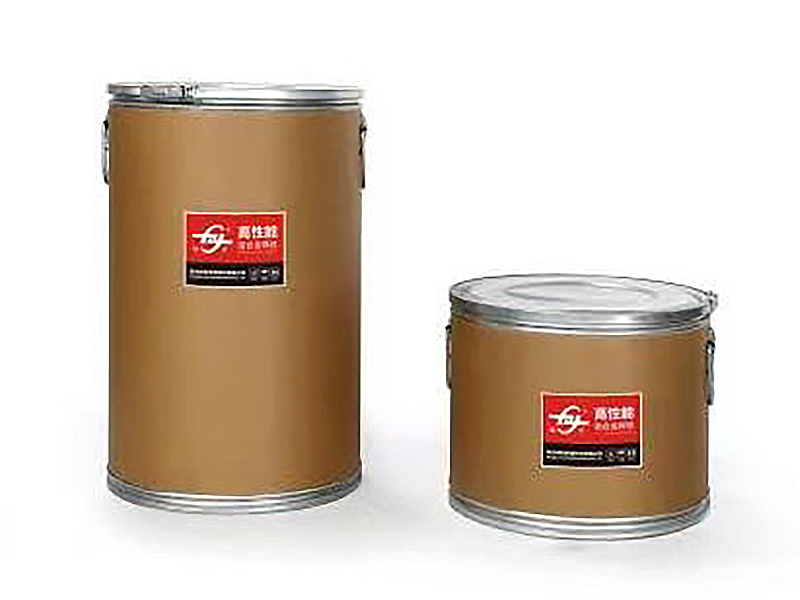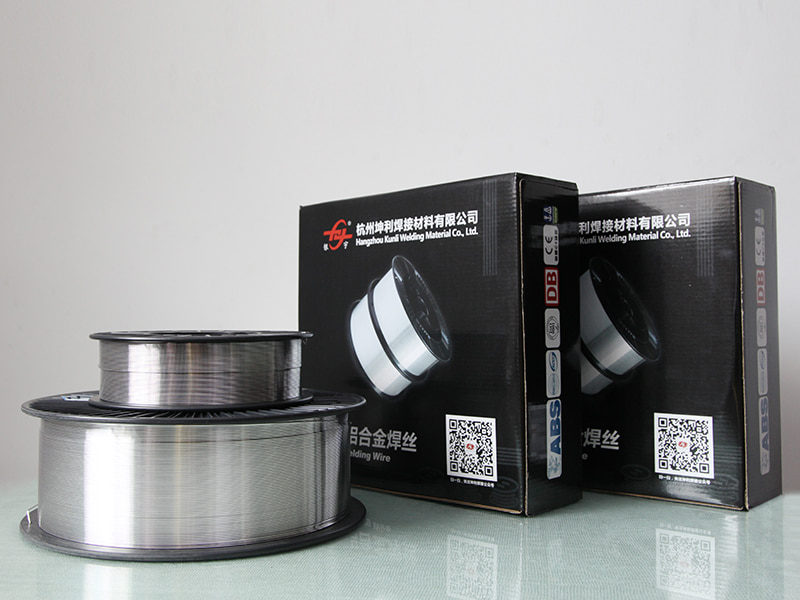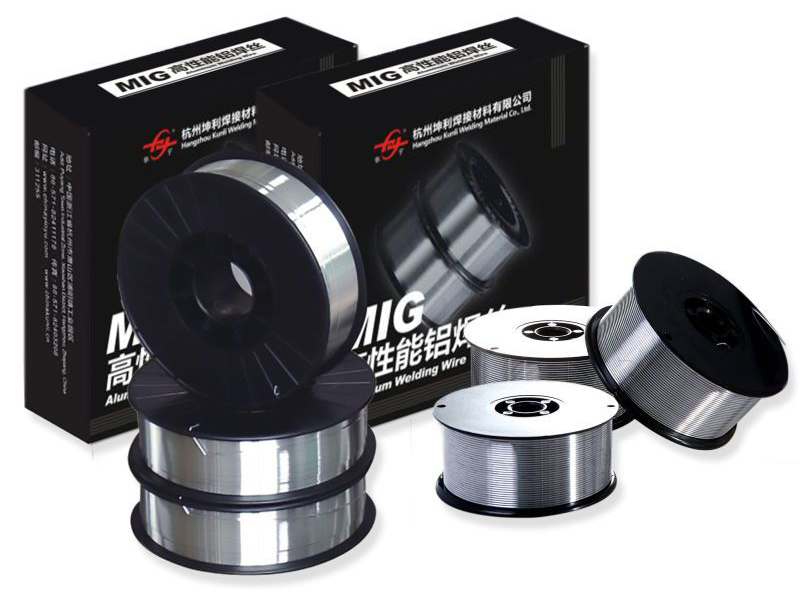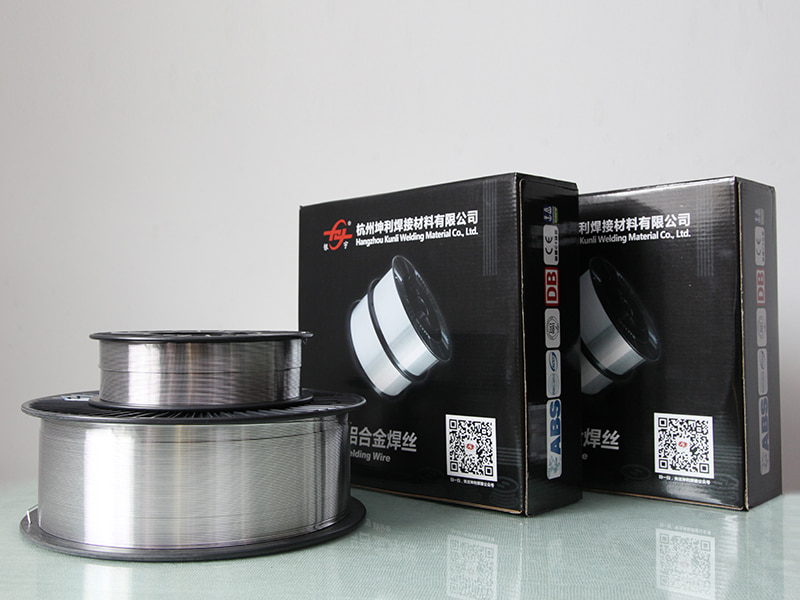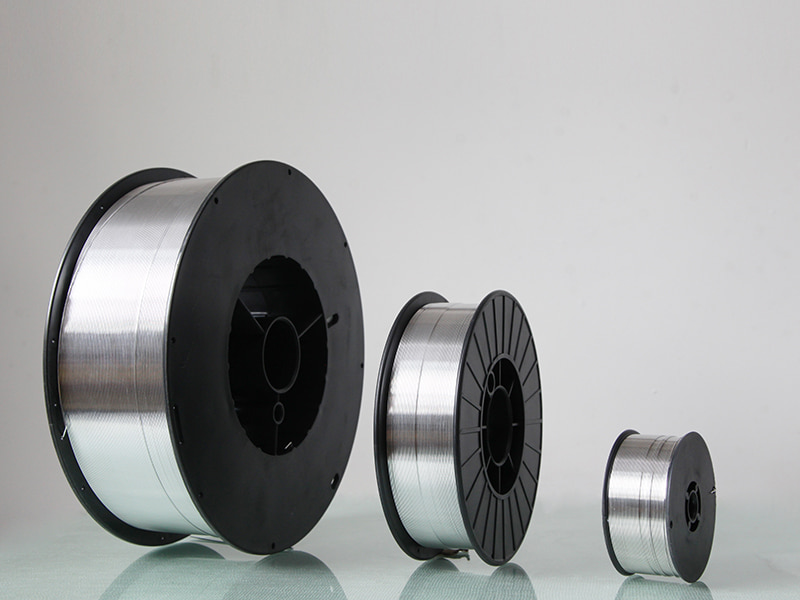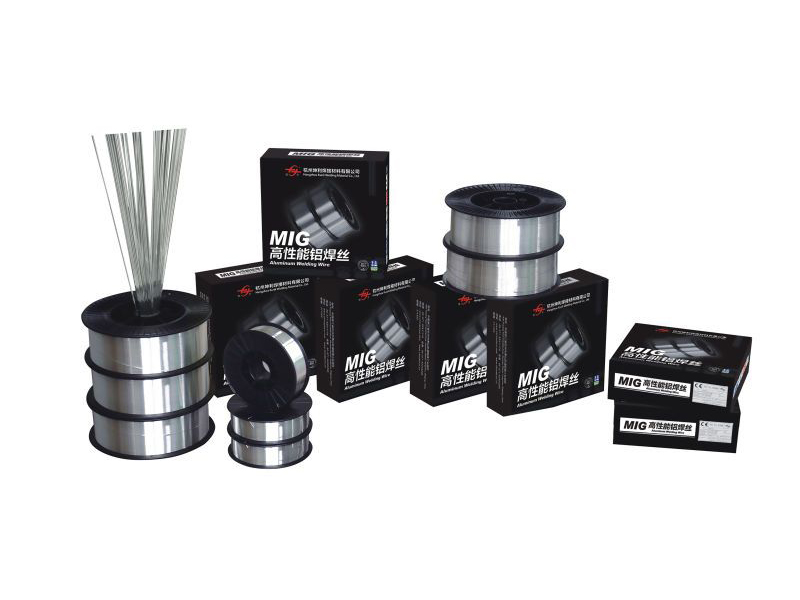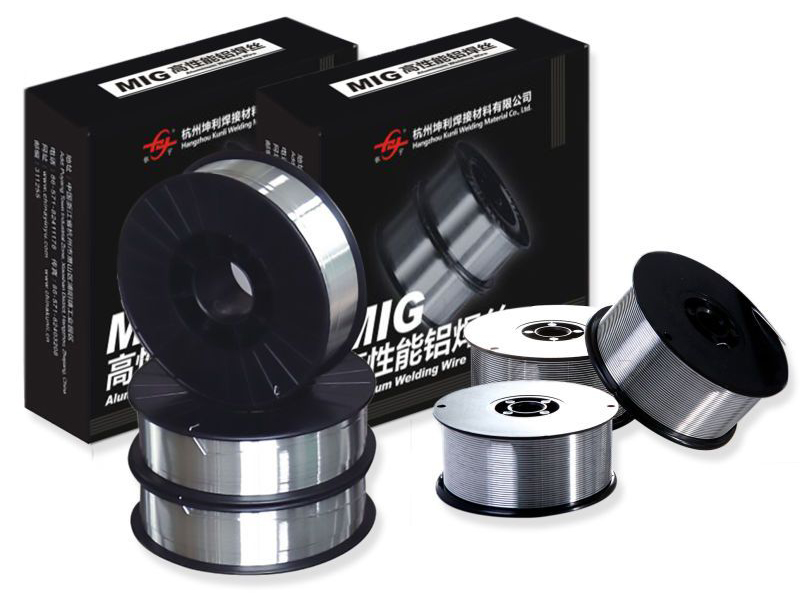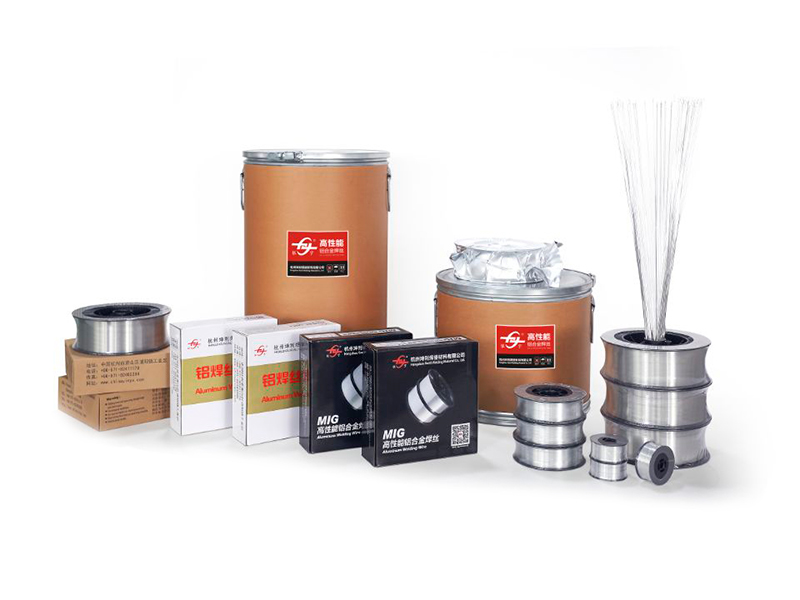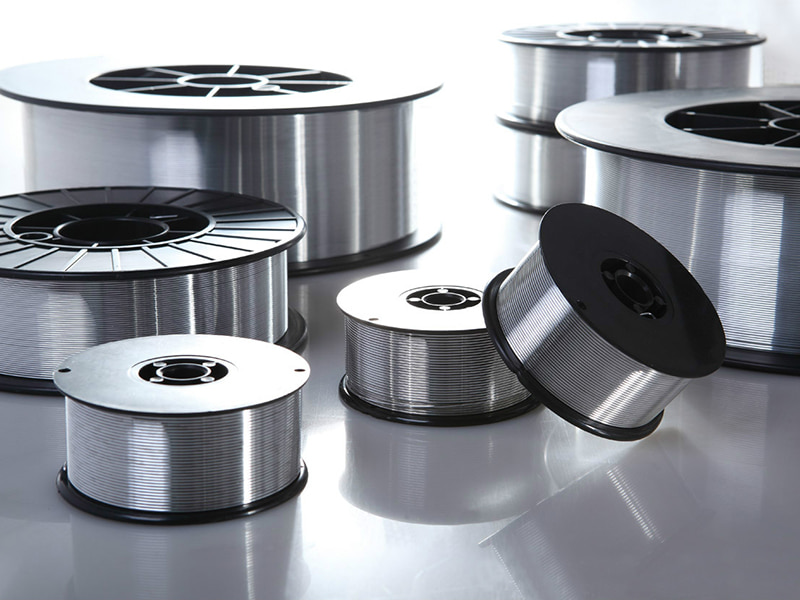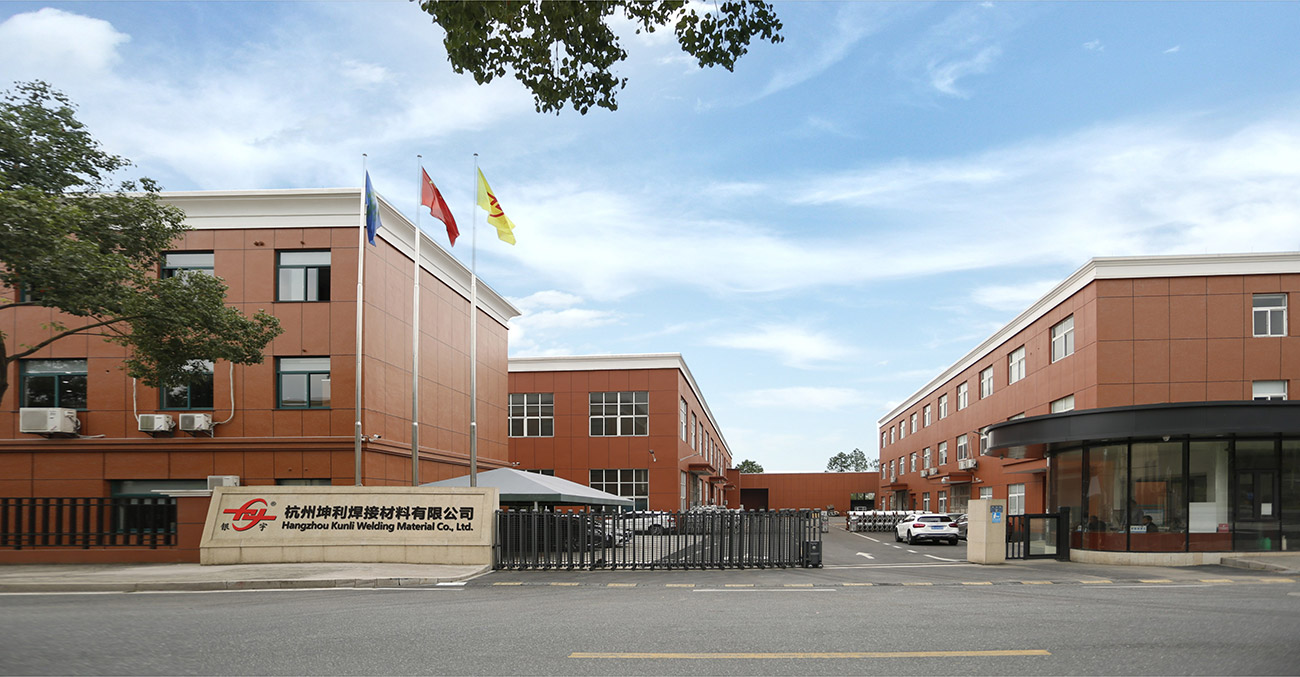Introduction
The construction of vessels and piping for storing and transporting cryogenic materials (such as LNG, liquid oxygen, and nitrogen) demands weld joints that retain exceptional fracture toughness at temperatures approaching absolute zero. Our specialized 5XXX series filler wires are engineered with controlled Manganese and Magnesium levels to prevent brittleness and maintain mechanical integrity in deep-cold environments. This ensures the long-term safety and reliability of critical cryogenic infrastructure.
Specification
| Classification (AWS) | ER5183 / ER5356 |
| Key Property | Maintained fracture toughness at -196掳C or lower |
| Base Metal Compatibility | 5083, 5456, and other alloys used in cold service |
| Impact Testing | Meets Charpy V-notch requirements at low temperatures |
| Manganese Content | Controlled to optimize low-temperature performance |
Applications
Welding liquefied natural gas (LNG) storage tanks and tankers.
Fabrication of cryogenic air separation units and heat exchangers.
Piping systems designed for liquid hydrogen and oxygen transfer.
Construction of vacuum-insulated cryogenic vessels and dewars.
FAQ
- Q: What is the primary concern when selecting a filler metal for cryogenic service?
- A: The main concern is ensuring the weld metal does not undergo a ductile-to-brittle transition at low operating temperatures, which requires filler alloys with low impurity content and specific Manganese/Magnesium levels.
- Q: Is ER4043 recommended for cryogenic applications like LNG?
- A: No, ER4043 and other Aluminum-Silicon fillers are generally unsuitable as they lose significant ductility and toughness at cryogenic temperatures. High-Magnesium alloys like ER5183 are the industry standard.
 English
English Deutsch
Deutsch
 English
English Deutsch
Deutsch

